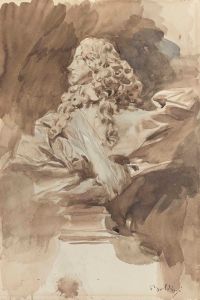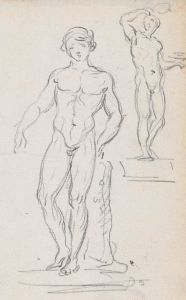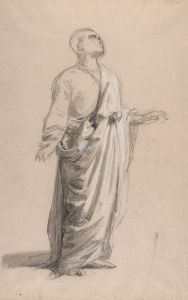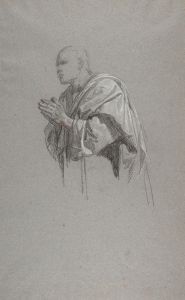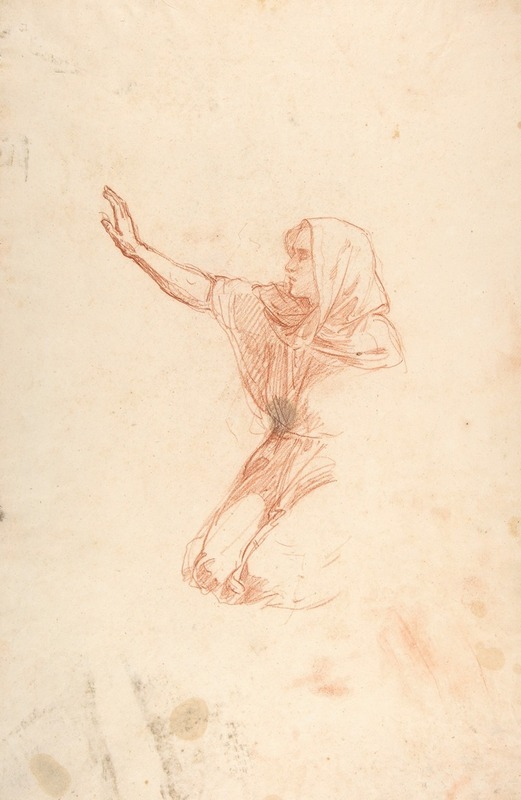
Kneeling Woman
A hand-painted replica of Isidore Pils’s masterpiece Kneeling Woman, meticulously crafted by professional artists to capture the true essence of the original. Each piece is created with museum-quality canvas and rare mineral pigments, carefully painted by experienced artists with delicate brushstrokes and rich, layered colors to perfectly recreate the texture of the original artwork. Unlike machine-printed reproductions, this hand-painted version brings the painting to life, infused with the artist’s emotions and skill in every stroke. Whether for personal collection or home decoration, it instantly elevates the artistic atmosphere of any space.
Isidore Pils, a notable French painter of the 19th century, is renowned for his historical and religious compositions. One of his works, "Kneeling Woman," exemplifies his skill in capturing human emotion and devotion through his art. Born in 1813, Pils studied at the École des Beaux-Arts in Paris under the tutelage of François-Édouard Picot. He won the prestigious Prix de Rome in 1838, which allowed him to study in Italy, where he was profoundly influenced by the Renaissance masters.
"Kneeling Woman" is a fine example of Pils' ability to convey piety and humility. The painting depicts a woman in a posture of prayer or supplication, her body language and facial expression reflecting deep reverence and introspection. The attention to detail in her clothing and the subtle play of light and shadow on her form highlight Pils' technical proficiency and his sensitivity to the human condition.
The composition of "Kneeling Woman" is marked by its simplicity and focus. The background is often subdued, ensuring that the viewer's attention remains on the central figure. This approach is consistent with Pils' broader oeuvre, where he frequently emphasized the emotional and spiritual states of his subjects over elaborate settings.
Pils' work, including "Kneeling Woman," is characterized by a blend of realism and idealism. He was adept at portraying the physicality of his subjects while imbuing them with a sense of grace and dignity. This duality is evident in the way the woman's hands are clasped in prayer, her head slightly bowed, and her eyes cast downward, suggesting a moment of intimate communication with the divine.
Throughout his career, Pils received numerous accolades and commissions. He was appointed a professor at the École des Beaux-Arts and later became a member of the Académie des Beaux-Arts. His contributions to French art were significant, and his works were widely exhibited and admired during his lifetime.
"Kneeling Woman" reflects the broader themes of devotion and humility that permeate much of Pils' work. It serves as a testament to his ability to capture the essence of human spirituality and the quiet strength found in moments of personal reflection. The painting remains an important piece within the context of 19th-century French art, illustrating the period's fascination with religious and historical subjects.
Isidore Pils passed away in 1875, but his legacy endures through his paintings, which continue to be studied and appreciated for their technical mastery and emotional depth. "Kneeling Woman" stands as a poignant example of his artistic vision and his ability to convey profound human experiences through the medium of paint.





